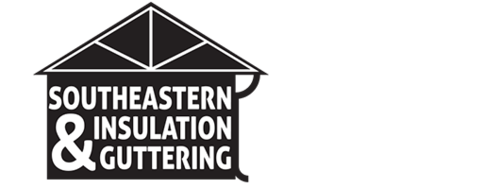The R-value in insulation refers to its thermal resistance and the ability of the insulation to reduce heat flow, that is, keeping the heat in and the cold out. The thicker the insulation, the higher the R-value and the more insulating capacity the insulation has. But not only does the insulation in my home affect the R-value, so does the construction components such as the brick, the wood, and the sheathing. All of this adds up and becomes very confusing.
I found out the R-value of the insulation of my home by climbing up to the most accessible space, the attic. If you have fiberglass wool batting, the R-value will be stamped on the paper side. Rigid foam insulation will have a R-value of 4 (per sq in of thickness), and blown fiberglass comes in at 2.2 (per sq. inch). If your home is new, your builder will be able to tell you the R-value of the insulation in your home.
While I was up there, I also inspected the ducting to see if it was insulated, a lot of heat and cool air can be lost through the ducts if they are not properly wrapped.
After my inspections I used the Department of Energy's Zip Code insulation calculator, not only for my peace of mind, but also to get ideas on how to increase home value by adding insulation. Armed with this new knowledge of R-values and what my home had; I was ready to contact some contractors.

